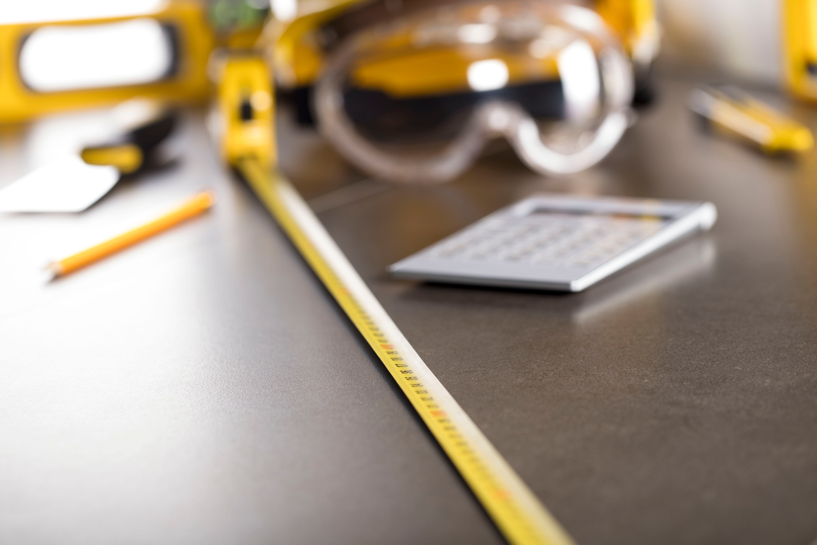The Ultimate Guide to Installing Sheet Vinyl Flooring in Your Home
7th Mar 2024
Sheet vinyl is a popular choice for flooring because it wears well, resists water and is more affordable than other flooring options on the market. Sheet vinyl comes in a variety of colors and designs, adding style and sophistication to any space. Installing sheet vinyl flooring is easy and can be done by a professional. The key to a successful installation is preparation, which is why Georgia Carpet is here to help with the ultimate guide to installing sheet vinyl flooring in your home.
Before You Begin
Before you begin any flooring installation, you need to know how much material to buy. You can estimate how much vinyl flooring you'll need by doing a simple calculation. Start by measuring the length and width of the room.

- Length (in feet) x width (in feet) = Square footage of the room
Preparation
Before you begin, make sure you have all of the equipment, tools and materials you'll need to do the job. Next, empty the space and prepare the subfloor. Remove any carpet or loose flooring, then make sure the subfloor is completely clean, dry and free of defects. Sheet vinyl can be installed over old vinyl or laminate flooring as long as it is clean and in good condition. Remove any furniture or obstructions like toilets from the space.
Loose-Lay Installation
If you'd prefer to avoid using adhesives to stick the floor to the subfloor, choose a loose-lay installation. This method works best for areas that are 100 square feet or less. Bathrooms and kitchens are typically good candidates for loose-lay sheet vinyl installations.
Step 1: Starting with a clean and prepared space, cut under the door trim or remove it.
Step 2: Cut the sheet flooring. Lay out your flooring and cut it to the size of the room, plus 4 inches on all sides. Let the cut vinyl rest in the space for about 2 hours with the heat turned off.
Step 3: Make relief cuts in the corners of the vinyl so that it lies flat.
Step 4: Trim around the sides. Cut the flooring where the wall and the subfloor meet. Cut around any holes in the floor, like the toilet flange.
Step 5: Add adhesive tape. Remove the flooring from the space or pull the sides toward the center of the room and add adhesive tape to the edges, in front of doors, near cabinets or other high-traffic areas.
Step 6: Lay the flooring back down and press it onto the adhesive tape. Avoid folding or bunching.
Glue-Down Installation
For a more secure installation, the glue-down method is preferred. Vinyl flooring adhesives deliver a reliable bond and a little bit goes a long way.
Step 1: Install the underlayment. Cut and fasten the underlayment, leaving about a 1/8" gap along the walls.
Step 2: Lay out the measured and cut vinyl in the space
Step 3: Apply the adhesive by pulling back one side of the vinyl at a time and applying adhesive to the underlayment or subfloor.
Step 4: Let the adhesive cure as directed, then press the vinyl down into place. Use a roller to flatten the sheet out and bond seams using a sealer.
Finishing Touches
Once the installation is complete, replace any baseboards, toilets or furniture in the space. Use caulk to seal around toilets, bathtubs or moldings to create a waterproof barrier.



